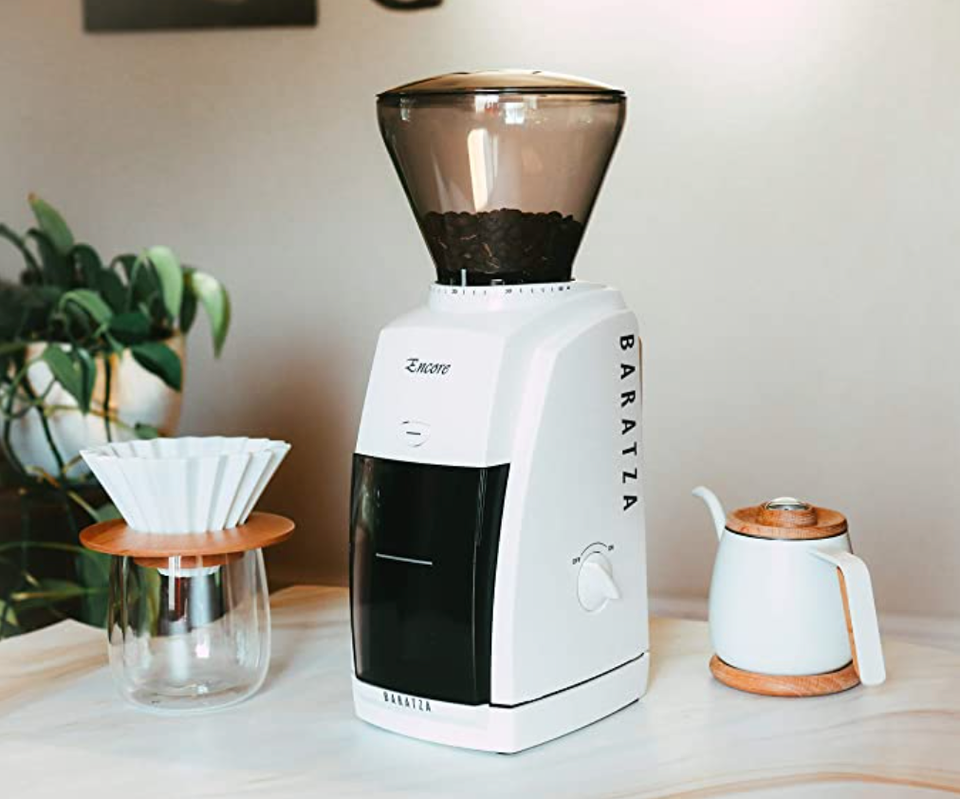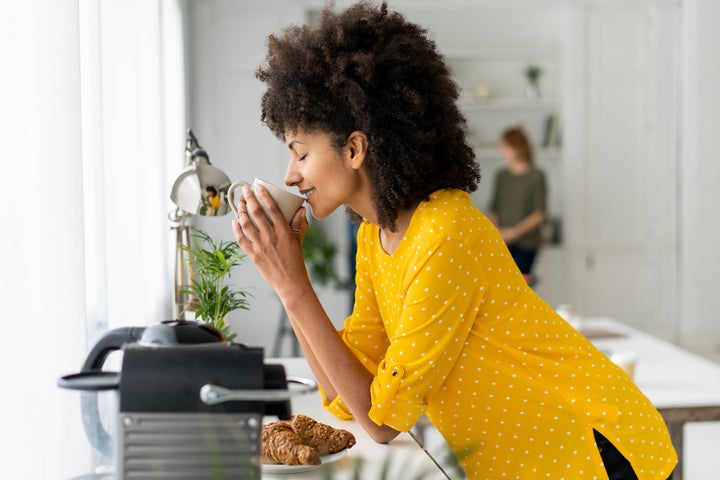
For those of us who drink coffee, it’s hard to imagine facing the day without that morning caffeine jolt.
While coffee drinkers generally agree that coffee is delicious and necessary, there are different coffee preparation styles out there — some that take more time than others — and yield different flavors, caffeine content and effects. (Who wants the jitters?)
“How coffee makes you feel has everything to do with quality, quantity and preparation,” explained Danielle Ryan Broida, a national educator at beverage company Four Sigmatic and expert in different coffee brewing methods. “On the good side, coffee is the number one source of antioxidants in the American diet, it contains essential nutrients, and has positive effects on memory, mood, retention and focus,” she said.
On the downside, it can lead to headaches, dehydration, restlessness and anxiety, Broida said.
So, how do you create the perfect cup of coffee ― one that helps you avoid anxiety and dehydration while also tastes the way you want and suits your lifestyle? Often, it comes down to how you prepare it.
Here’s everything you need to know about different coffee makers and preparation methods so you can find the best one for you.
If you love a leisurely morning and consider yourself a coffee connoisseur: Pour-over coffee maker
If you’re one of those people who likes to kick back with the paper while sipping your perfectly brewed cup of coffee, pour-over coffee might be the best preparation method for you. Essentially, you slowly pour just-boiling water over grounds, allowing the liquid to pass through a filter into your cup. (See full instructions here.)
“This is the most popular method to make coffee at home for baristas and coffee experts,” explained Jee Choe, a former barista and founder of the coffee blog Coffee at Three. “It requires some practice to make coffee in a pour-over, but once you perfect it, it makes delicious coffee.”
His tip? Use a coffee scale to keep an eye on the coffee-to-water ratio and make sure the pour isn’t too fast.
In terms of caffeine content, you’ll see a range depending upon the temperature of the water used, the amount of water poured and the type of roast, according to Kylene Bogden, wellness adviser for Love Wellness, but it’s usually between 80 mg and 150 mg per cup, which is a decent amount of caffeine.

If you’re a little impatient and like to get up and go first thing: A cold brew bottle
To make cold brew at home, all you have to do is add coffee grounds and water to a bottle and let them steep in the refrigerator overnight. In other words, cold brew coffee requires almost no work on your end ― just some planning ahead the night before. When you wake up, it will be ready to drink.
“You don’t need to use the best quality coffee to make cold brew, either, since the cold brewing process makes coffee more mellow and smooth than coffee brewed hot,” Choe explained. “Not-so-great coffee will still taste good when cold brewed.”
Bogden noted that when undiluted, cold brew packs a lot of caffeine ― about 200 mg per cup. But when diluted, it’s on the low end of the caffeine spectrum, at around 50 mg per cup. Dilute according to your preferences!
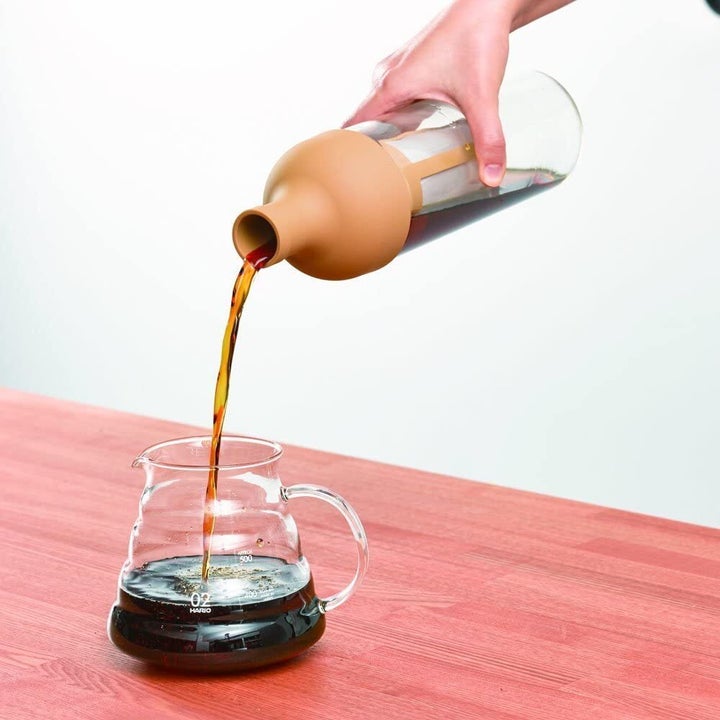
If you’re definitely not a morning person: A standard drip coffee maker
If you’re one of those people who hits snooze on your alarm too many times to count, opt for a standard drip coffee maker. It’s easy, and you can sip it slowly while trying to wake up. Many options, like the one below, are programmable to ensure your coffee will be ready when you wake up.
“The least amount of work is involved in making drip coffee, since it’s mostly automated,” Choe explained. “But because it’s automated, that means there’s less control over water temperature, amount of water used, and how long the water is in contact with the coffee. If you want to make it taste better, always use freshly ground coffee to make drip coffee. It’ll make a big difference.”
As with other coffee preparation methods, the amount of caffeine in drip coffee varies depending on the type of bean used and the water-to-coffee ratio. According to Bogden, drip coffee can have anywhere from 80 mg to 250 mg of caffeine.

If you’re an early bird who believes there’s nothing as great as a latte: An espresso maker
If you wake up with the sun and have the energy to recreate your Starbucks experience at home, opt for an espresso maker — just know that it can be one of the more expensive ways to make coffee.
“If you love Starbucks, an espresso machine can help to recreate drinks at home, like the Caramel Macchiato,” Choe said. “The drawback is that there is a learning curve with pulling shots from an espresso machine.”
The caffeine content in espresso is also more predictable, according to Bogden, at about 75 mg per shot. So, if you know you tend to get jittery when you overdo it on the caffeine, this can be a great option.
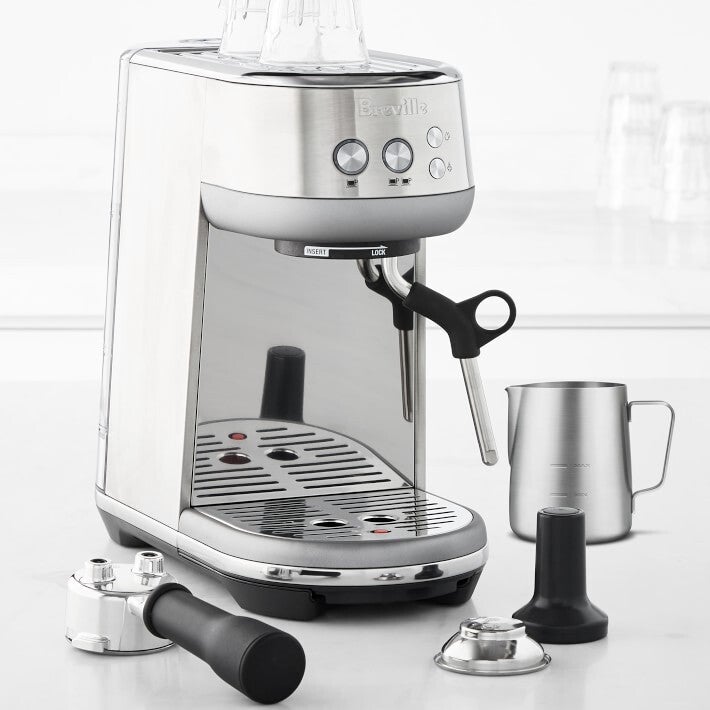
If you’ve got a decent amount of morning energy and don’t mind cleaning up: A French press
A French press is a relatively easy way to make hot coffee, since all that’s involved is steeping ground coffee in hot water.
“It is a bit of a chore to clean due to the filter, though,” Choe said. “I like to use a coarser ground coffee so that bits of it don’t pass through the metal filter and end up in my cup.”
But if coffee tends to make you jittery, you might want to skip a French press. “This has one of the most predictably high amounts of caffeine content,” Bogden said, at 80 mg to 100 mg per cup.
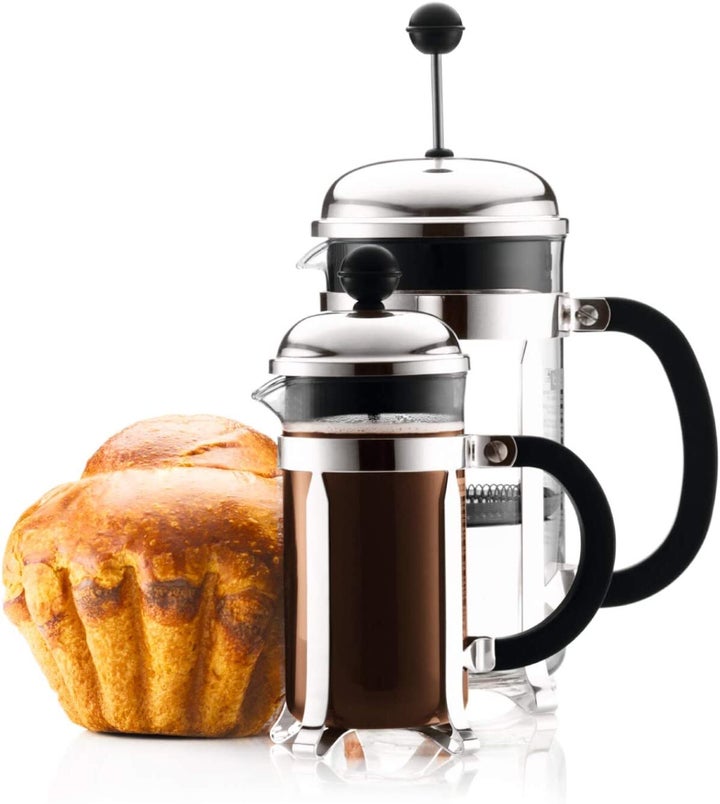
If you truly just can’t handle mornings: Instant coffee
Instant coffee is not a fit for those who value the flavor and experience of coffee. But if mornings are exhausting for you and you don’t want to deal with any kind of coffee maker, instant coffee can be a good option.
“Just make sure to read labels carefully,” Bogden cautioned. “The ingredients should include coffee and nothing else. Avoid added preservatives! On the whole, though, instant coffee tends to have the least amount of caffeine, at an average of 60 mg” per serving.
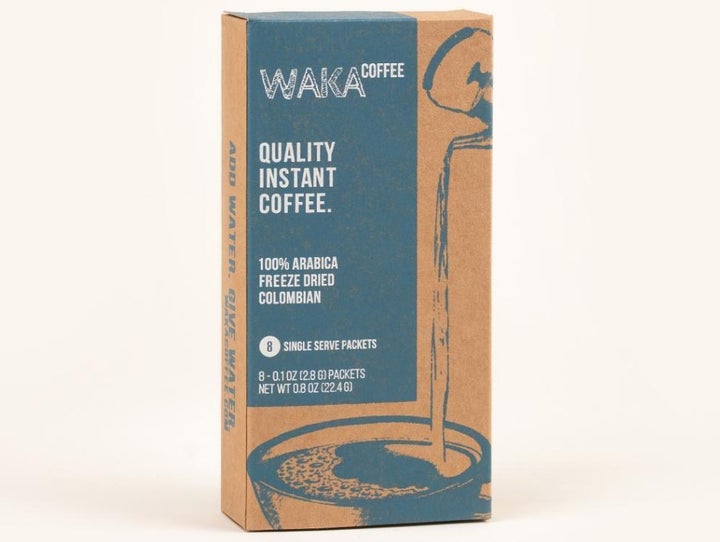
HuffPost may receive a share from purchases made via links on this page. Prices and availability subject to change.
CORRECTION: An earlier version incorrectly listed the caffeine content of French press coffee. It has 80 mg to 100 mg per cup.
